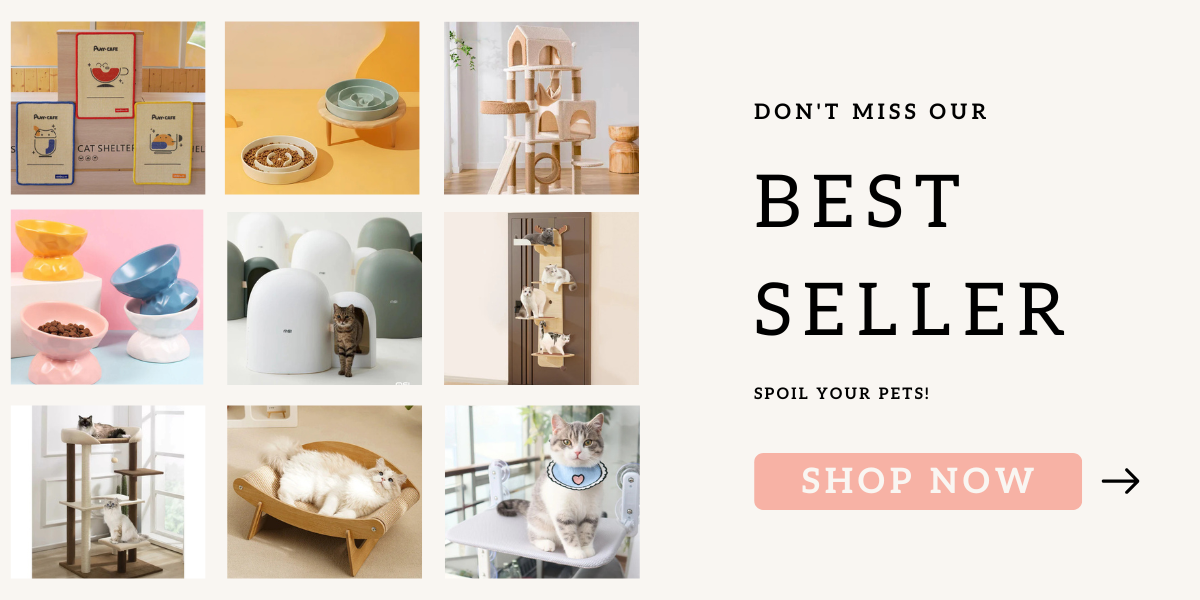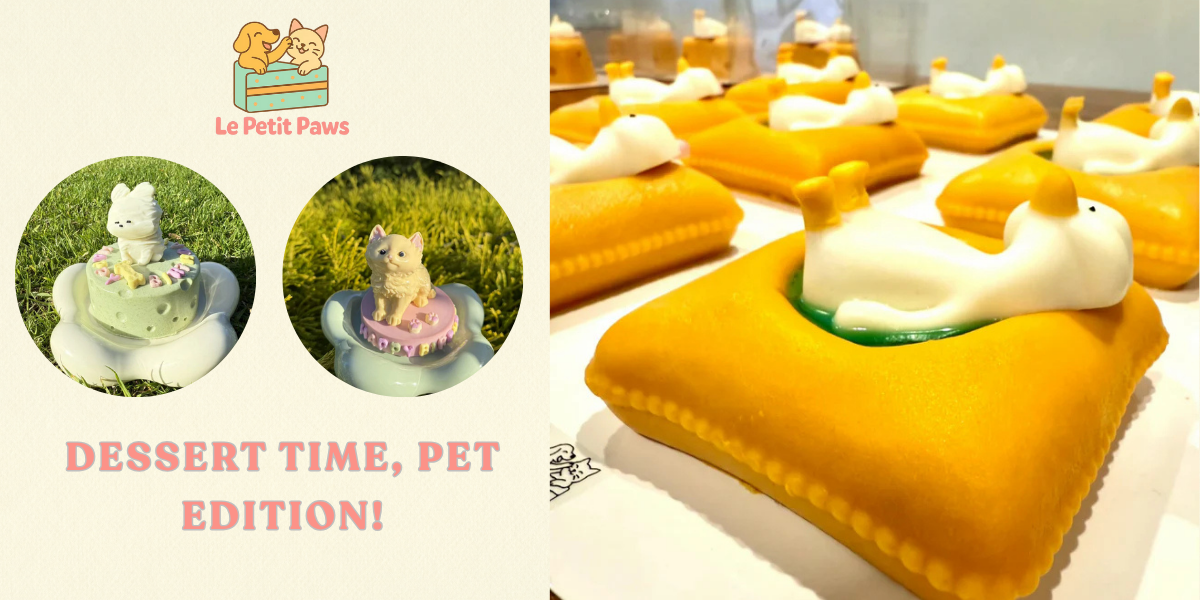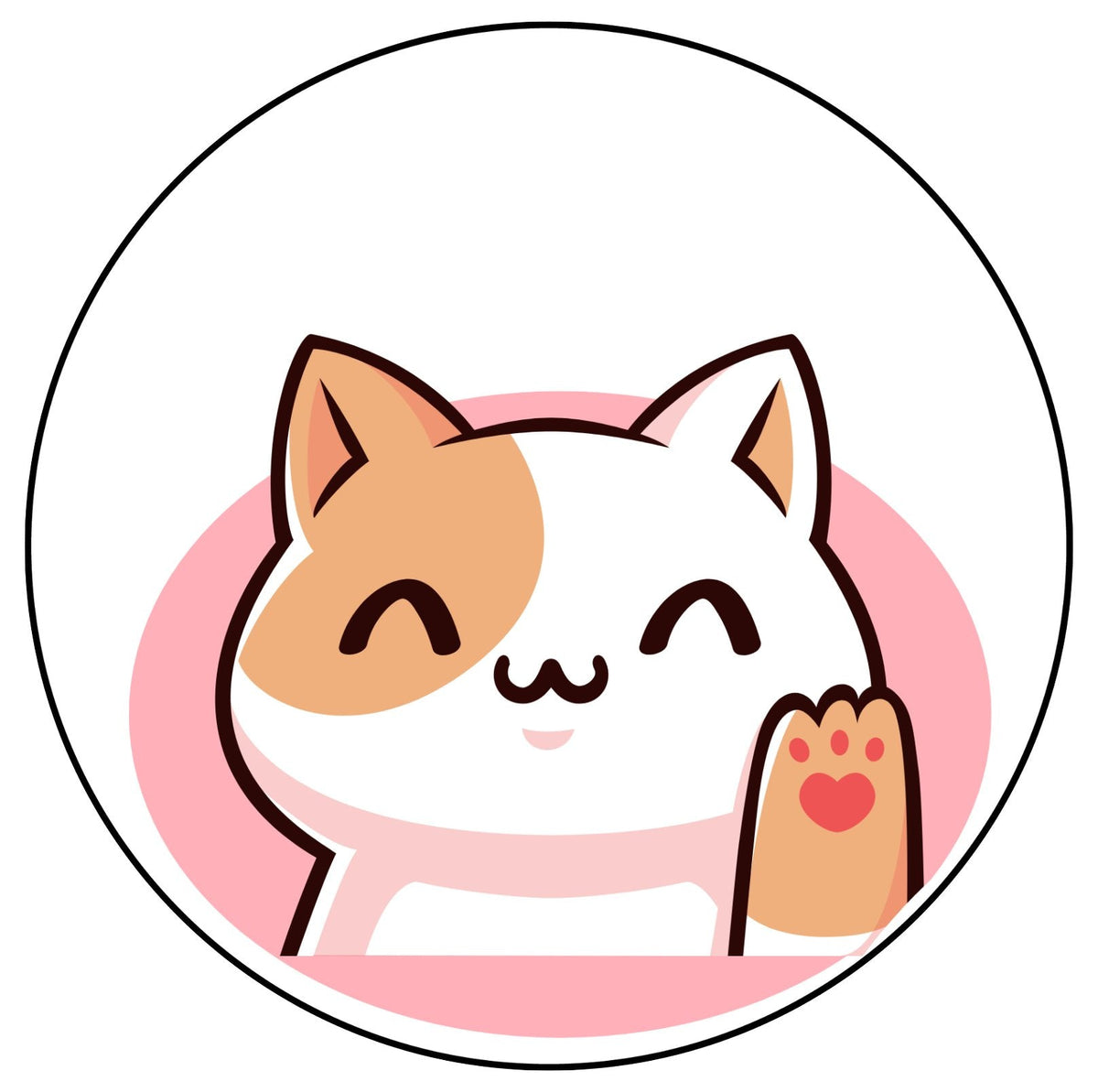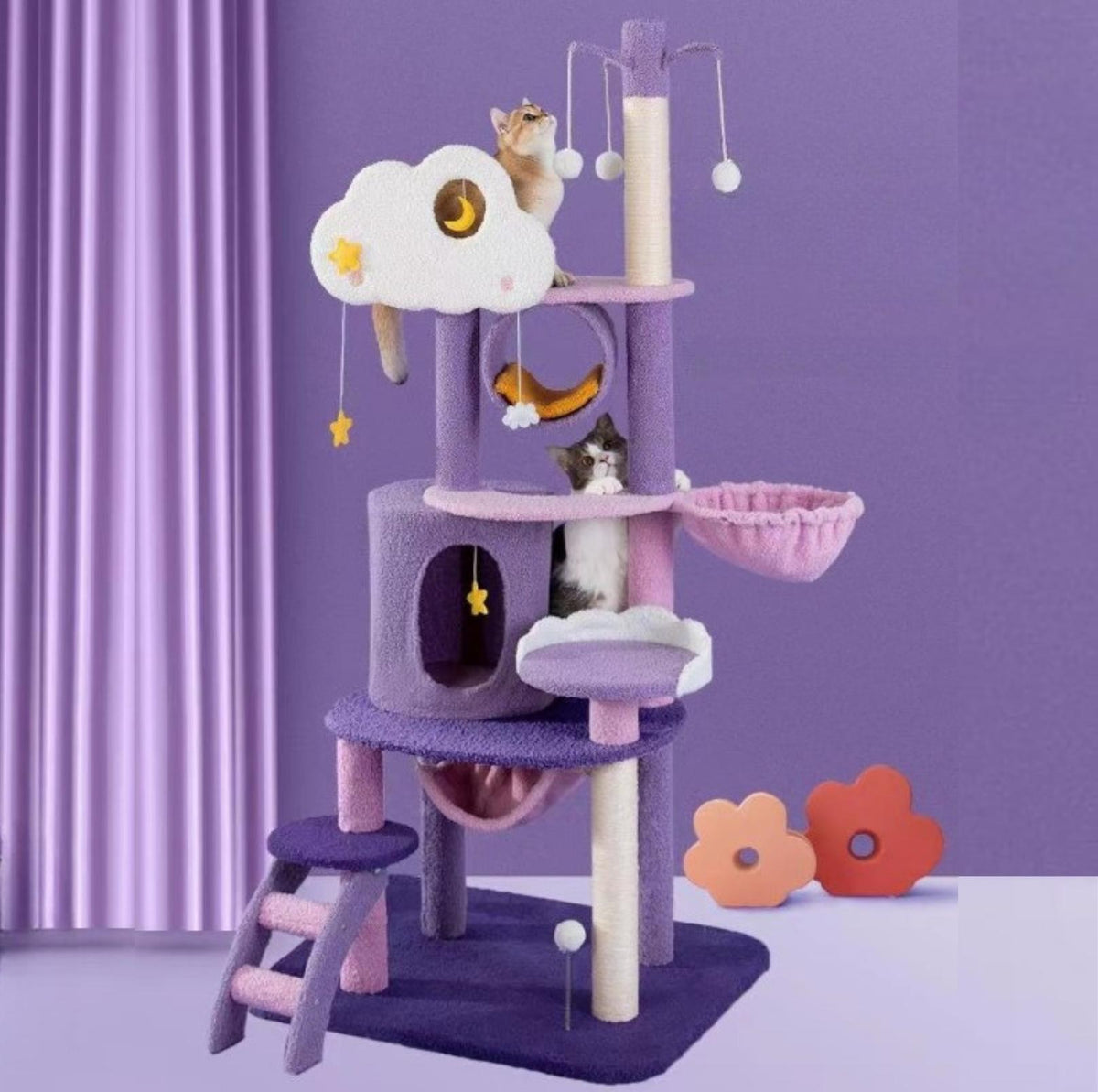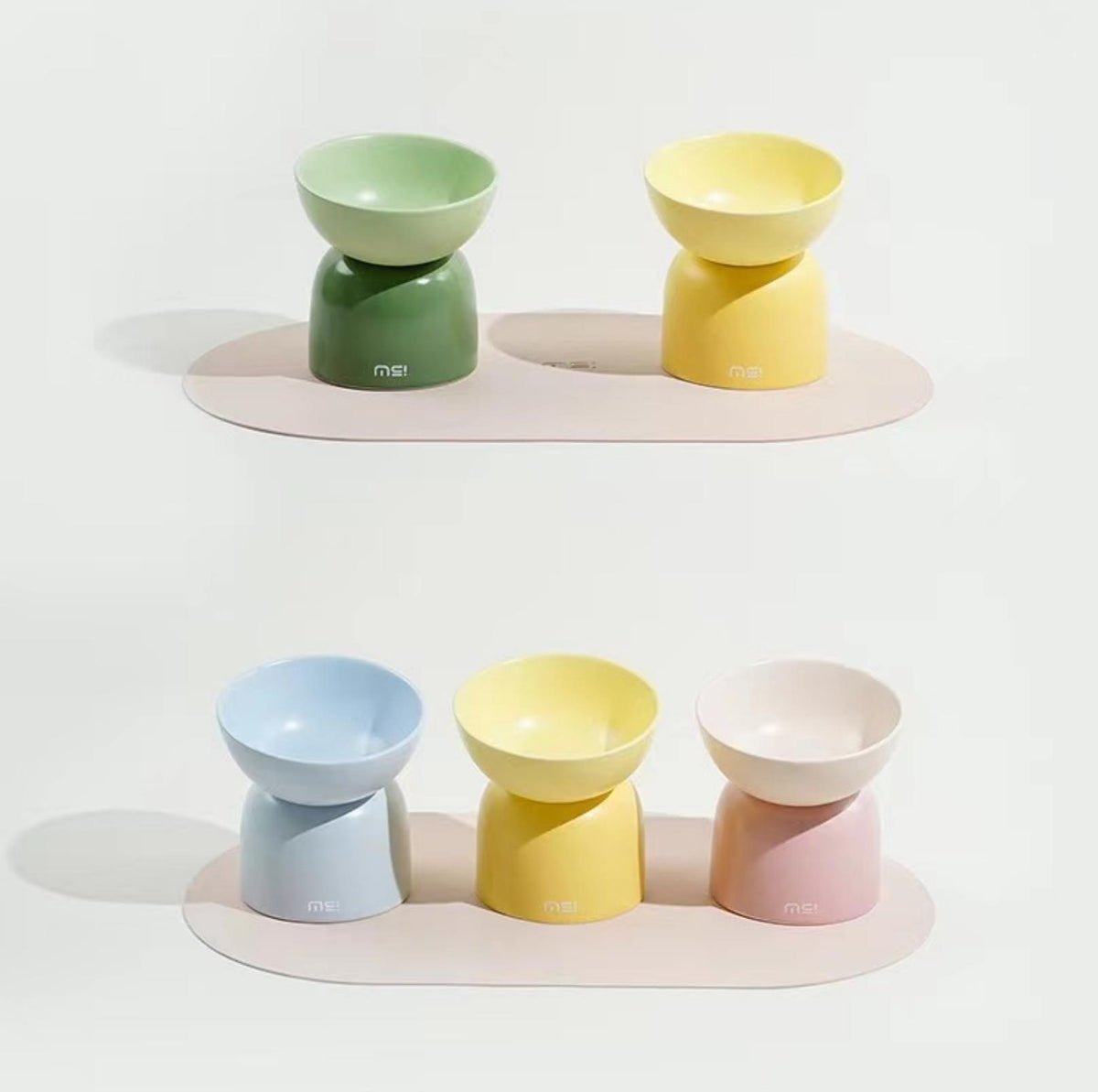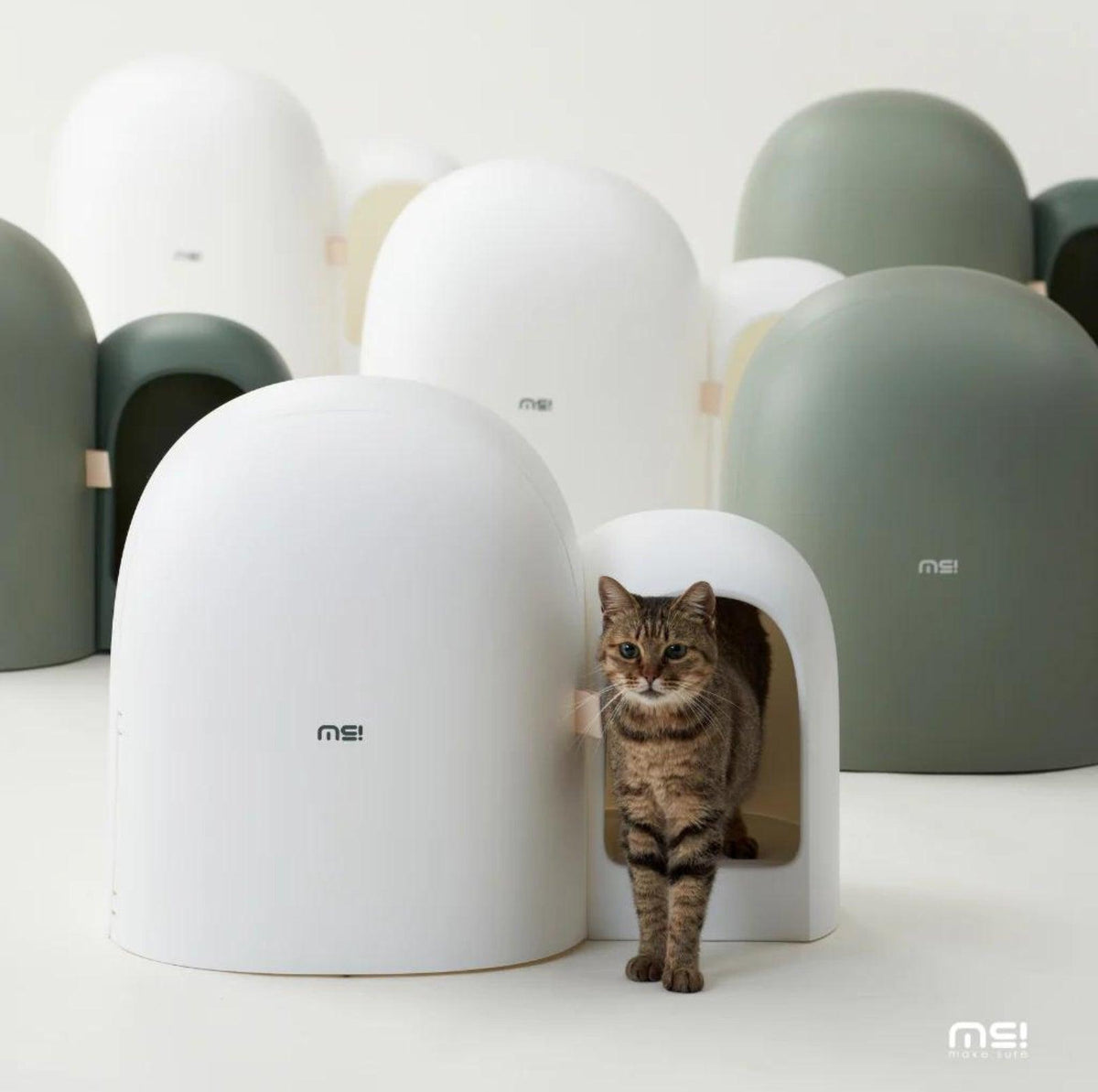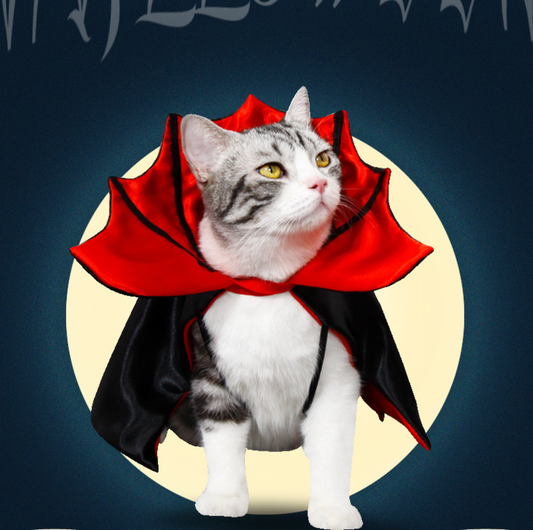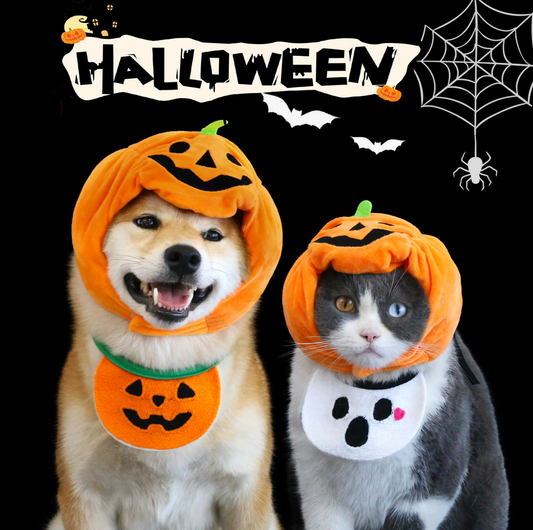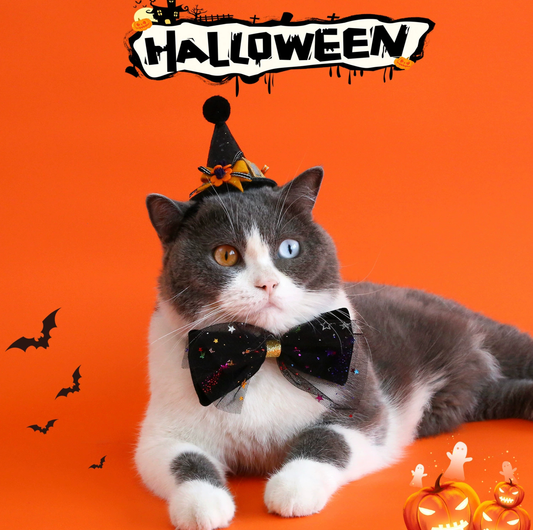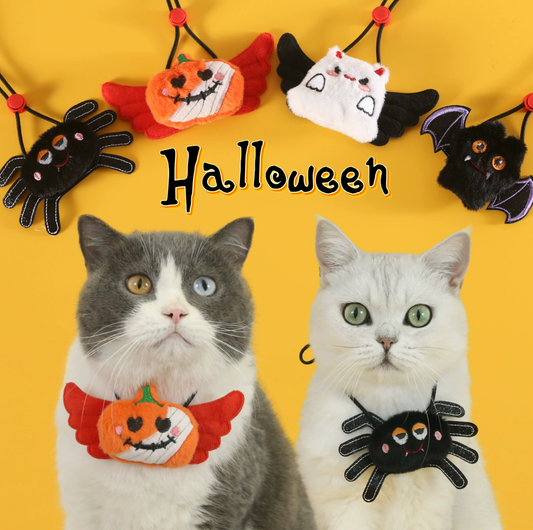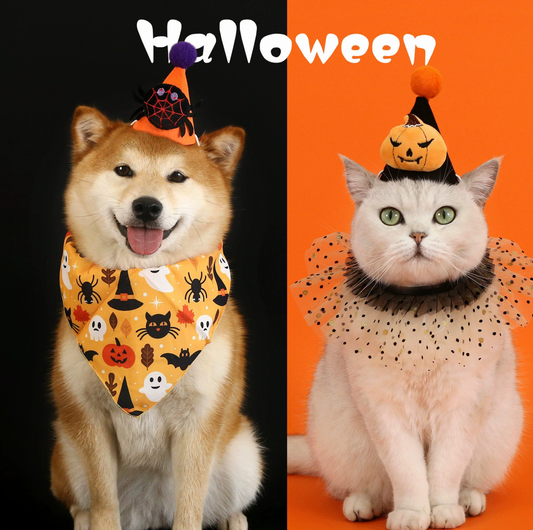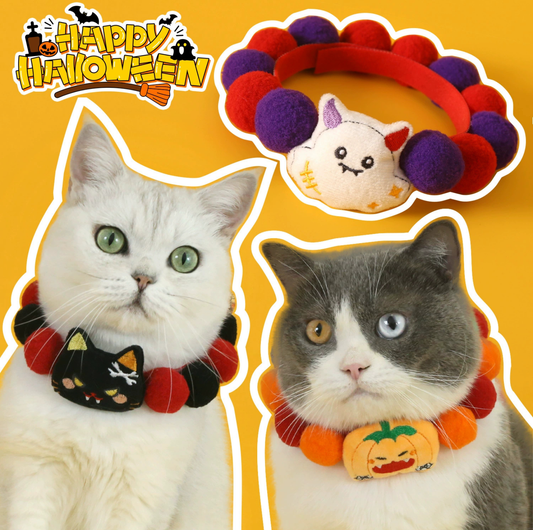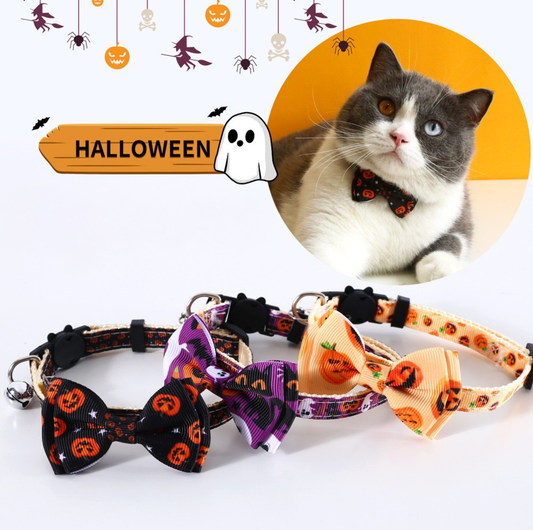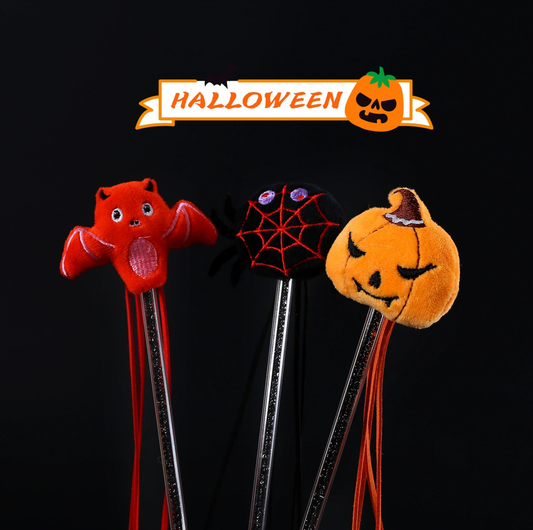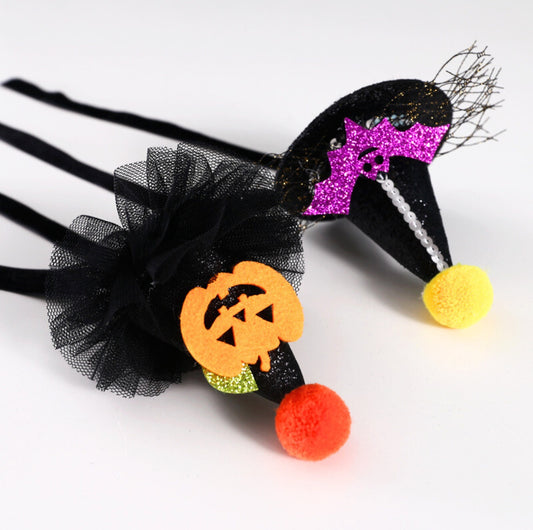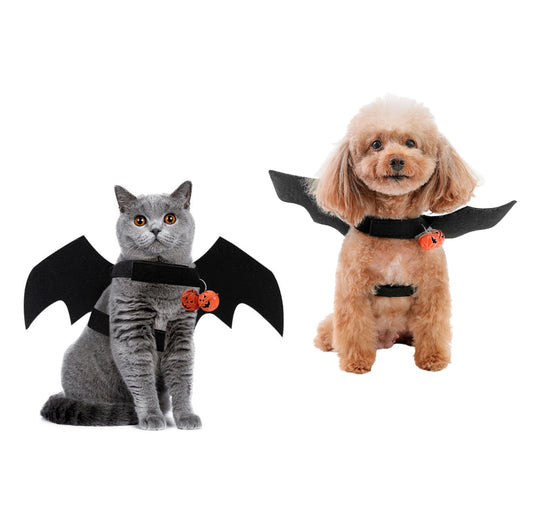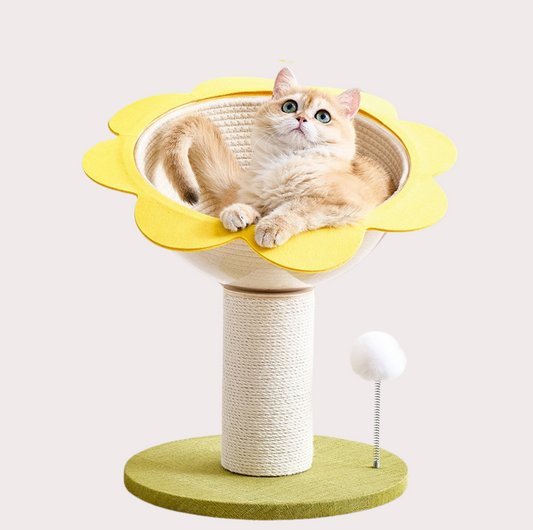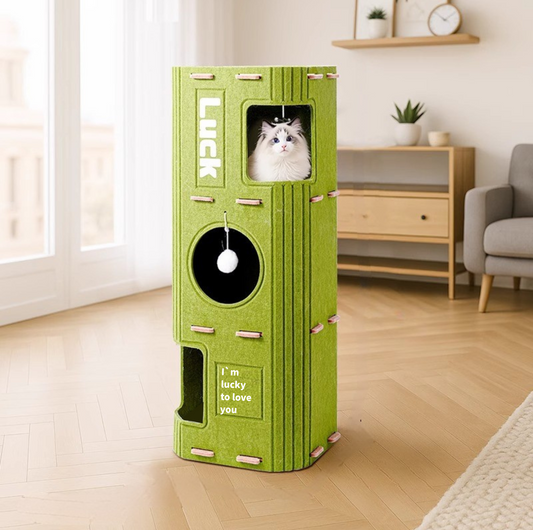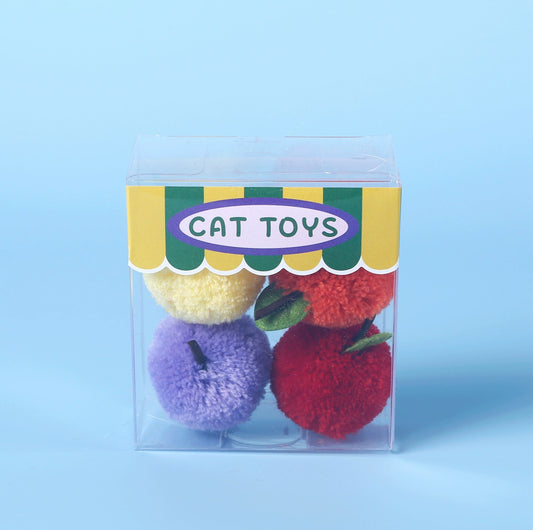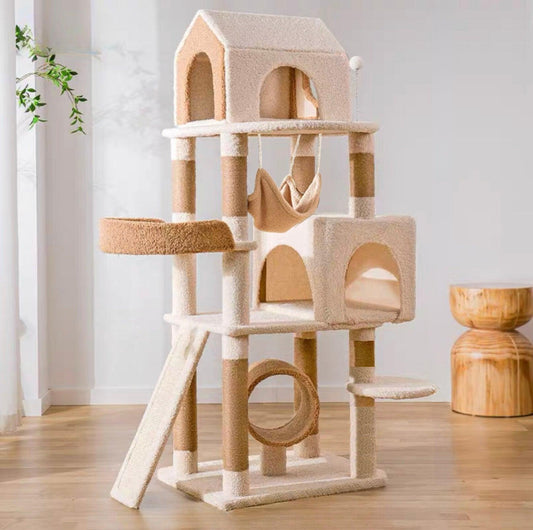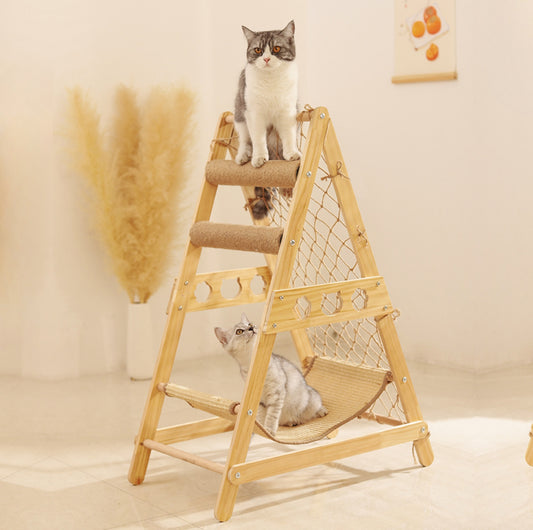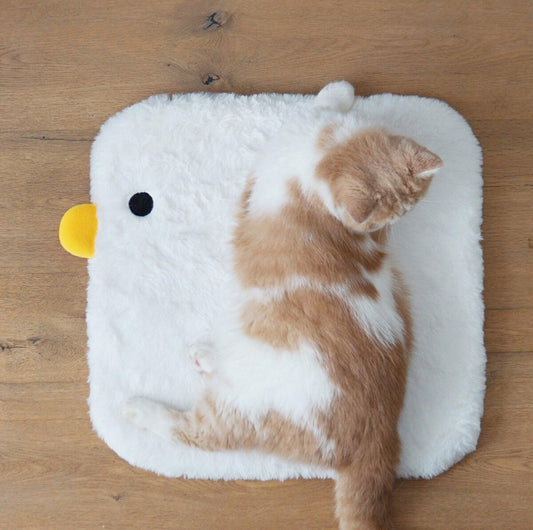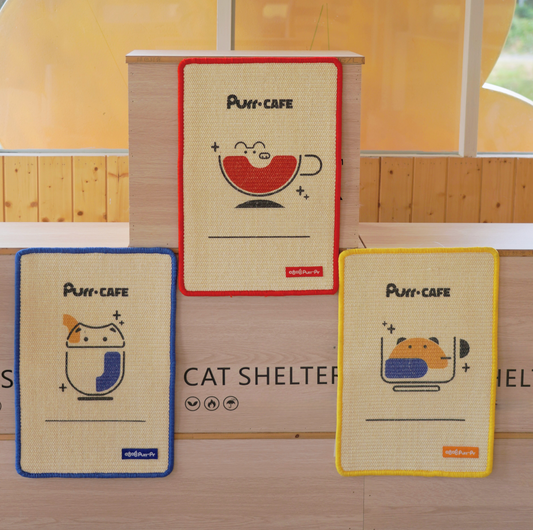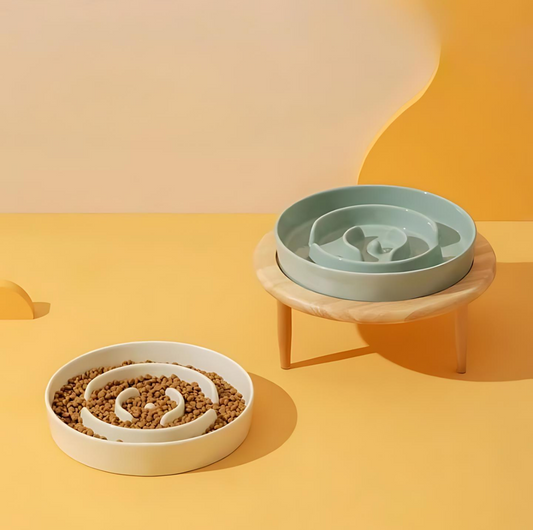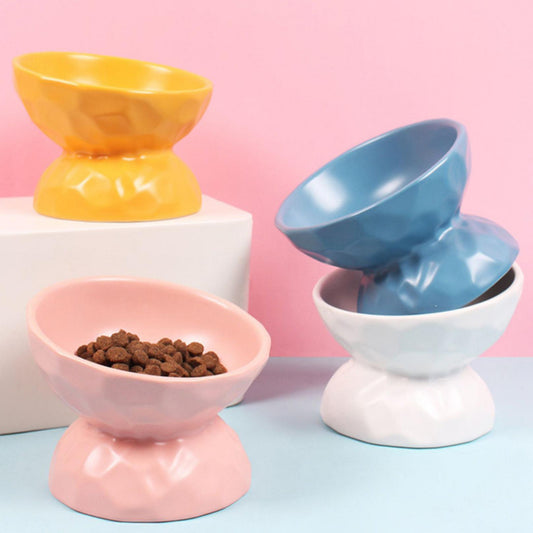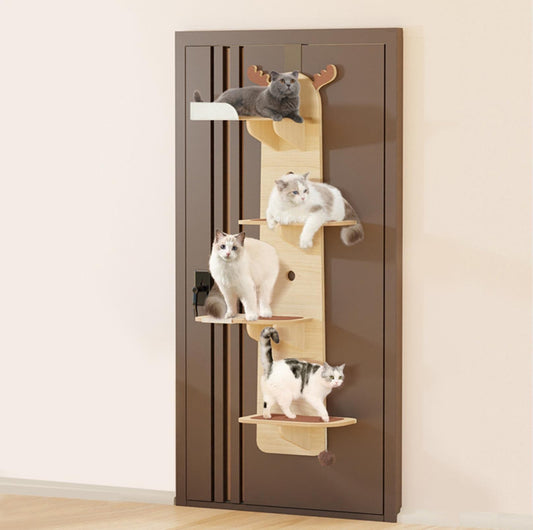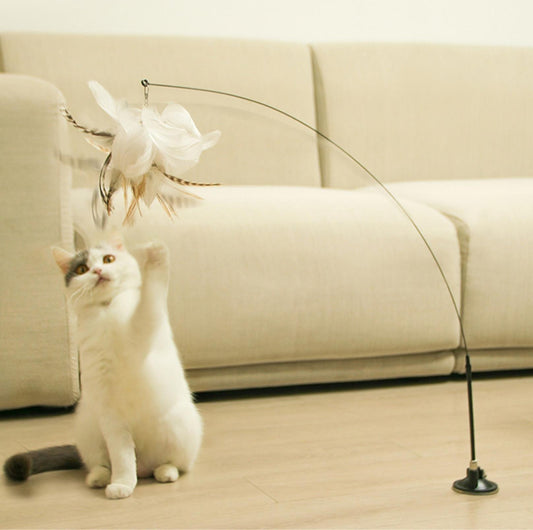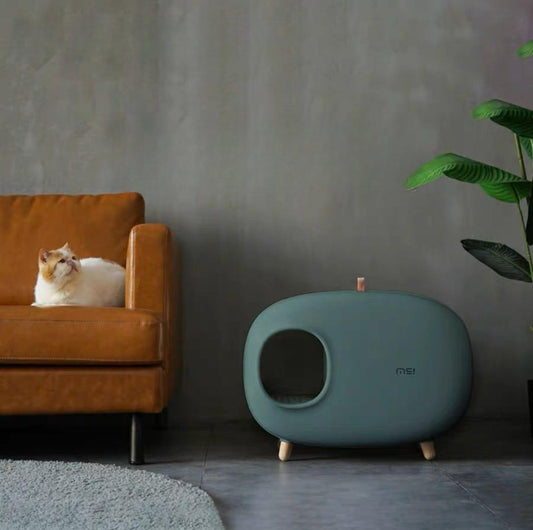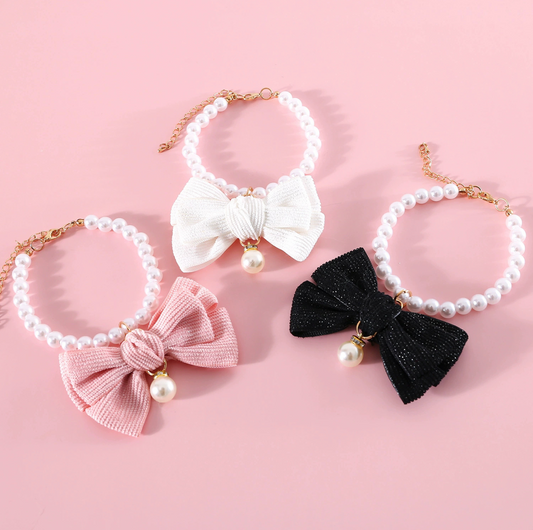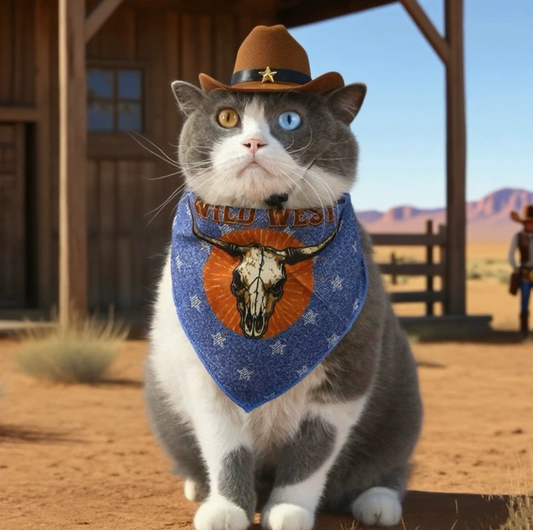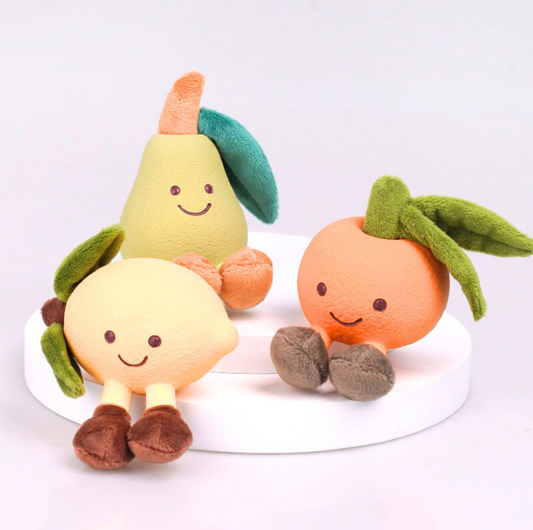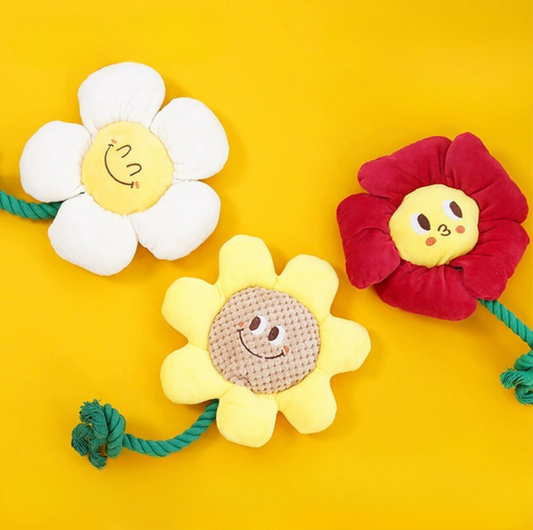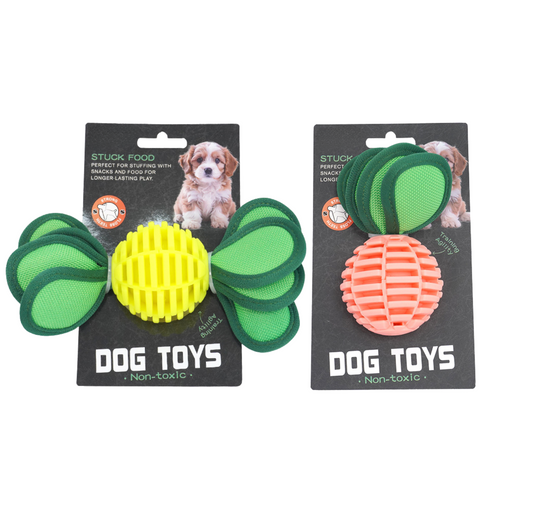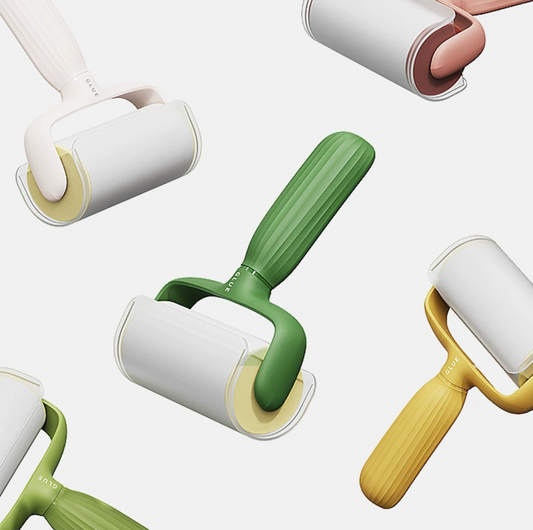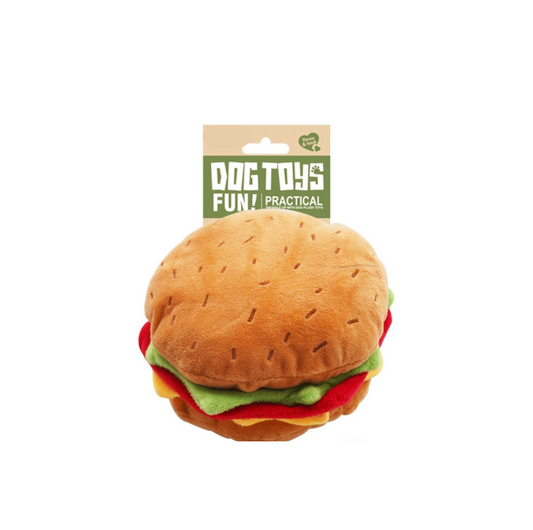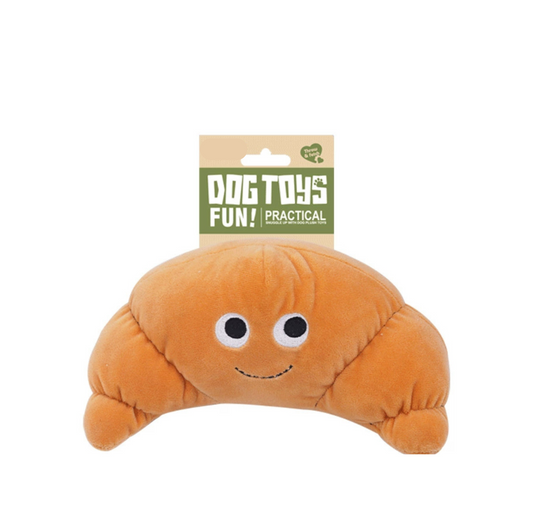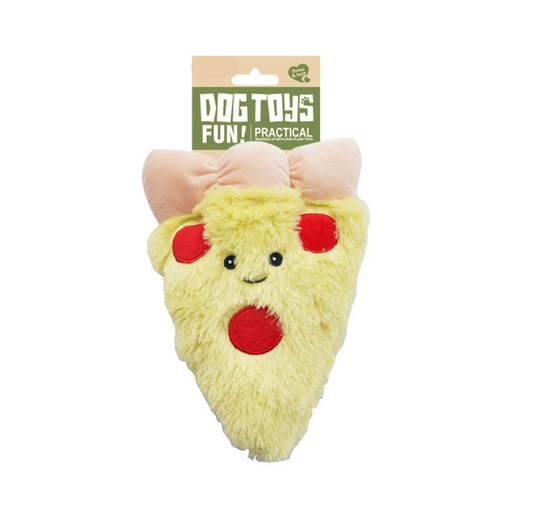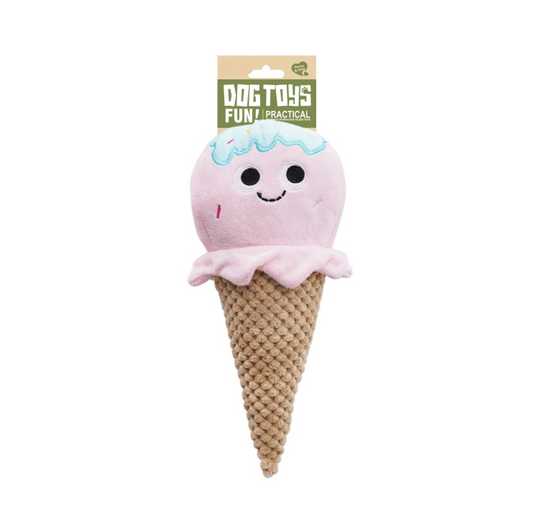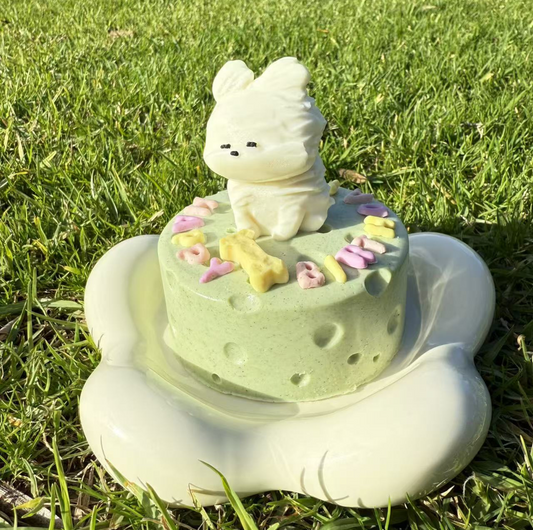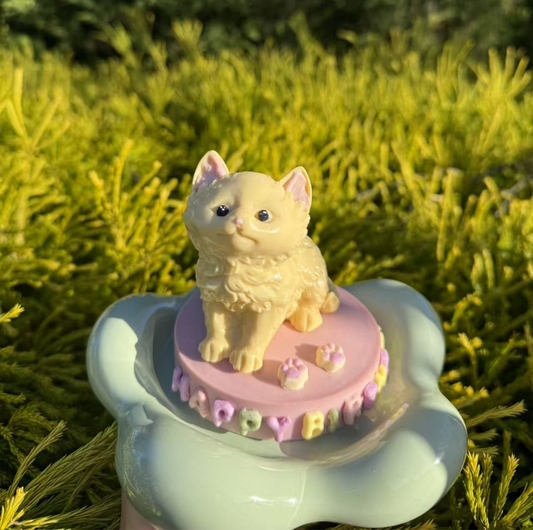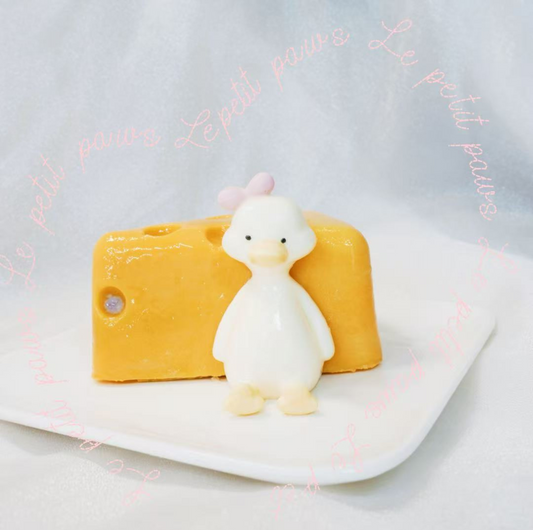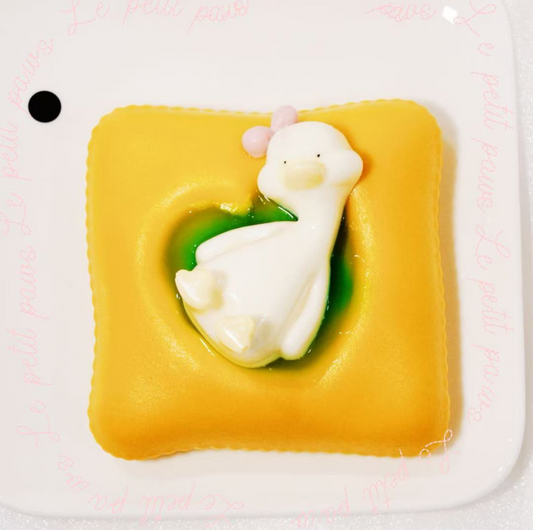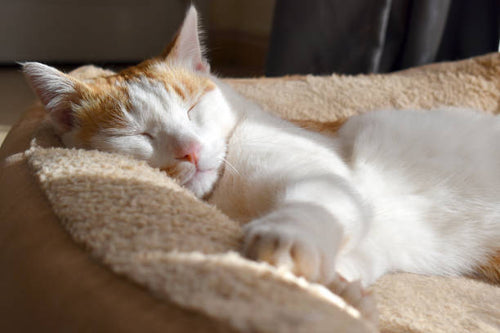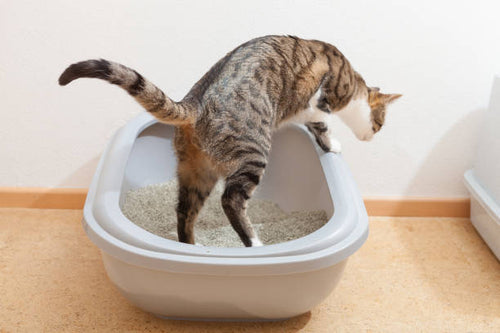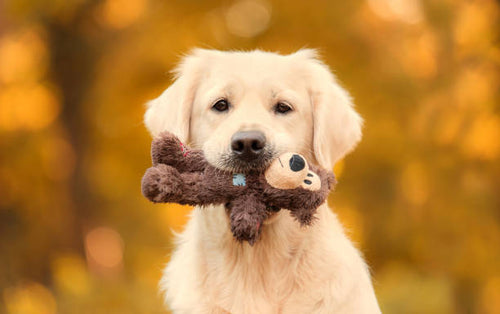BEST SELLERS
-
Purr Café Wall-Mount Sisal Cat Scratcher
Regular price $19.95 AUDRegular priceUnit price per$19.95 AUDSale price $19.95 AUD -
Ceramic Slow Feeder Pet Bowl for Dogs and Cats
Regular price From $18.95 AUDRegular priceUnit price per$18.95 AUDSale price From $18.95 AUD -
Ona's Cottage Multi-Tier Cat Tree with Cat Scratching Posts
Regular price $161.00 AUDRegular priceUnit price per$179.00 AUDSale price $161.00 AUDSale -
Tilting Ceramic Cat Bowls With Uneven Texture
Regular price From $18.95 AUDRegular priceUnit price per$18.95 AUDSale price From $18.95 AUD -
Elk-Shaped Multi-Level Wooden Hanging Cat Tree Cat Toy
Regular price $98.00 AUDRegular priceUnit price per$98.00 AUDSale price $98.00 AUD -
Free Your Hands: Extended Elastic Wire Cat Stick Teaser Cat Toys
Regular price From $3.00 AUDRegular priceUnit price per$3.00 AUDSale price From $3.00 AUD -
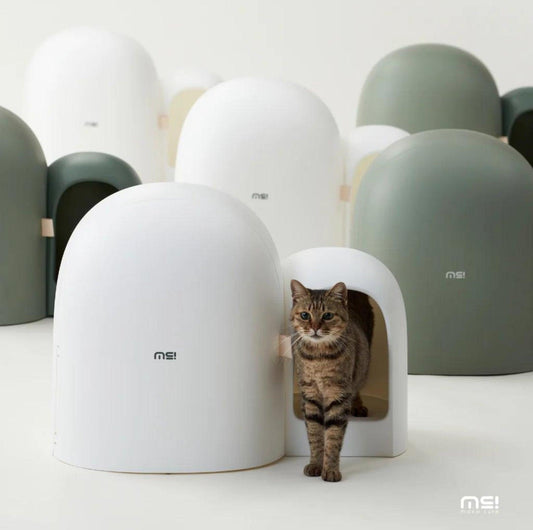 Sold out
Sold outMakesure Cat Litter Box MAX
Regular price $149.00 AUDRegular priceUnit price per$149.00 AUDSale price $149.00 AUDSold out -
Makesure Cat Litter Box Cat Litter Tray
Regular price $139.00 AUDRegular priceUnit price per$139.00 AUDSale price $139.00 AUD
Le Petit Paws X PawPawUp
A special collaboration between PawPawUp and Le Petit Paws — a registered local pet treat studio founded by two fine dining dessert professionals who are also devoted pet parents.
What Pet Parents Say About Our Pet Store
Melbourne 2025 Pet Show – Featuring PawPawUp Pet Supplies
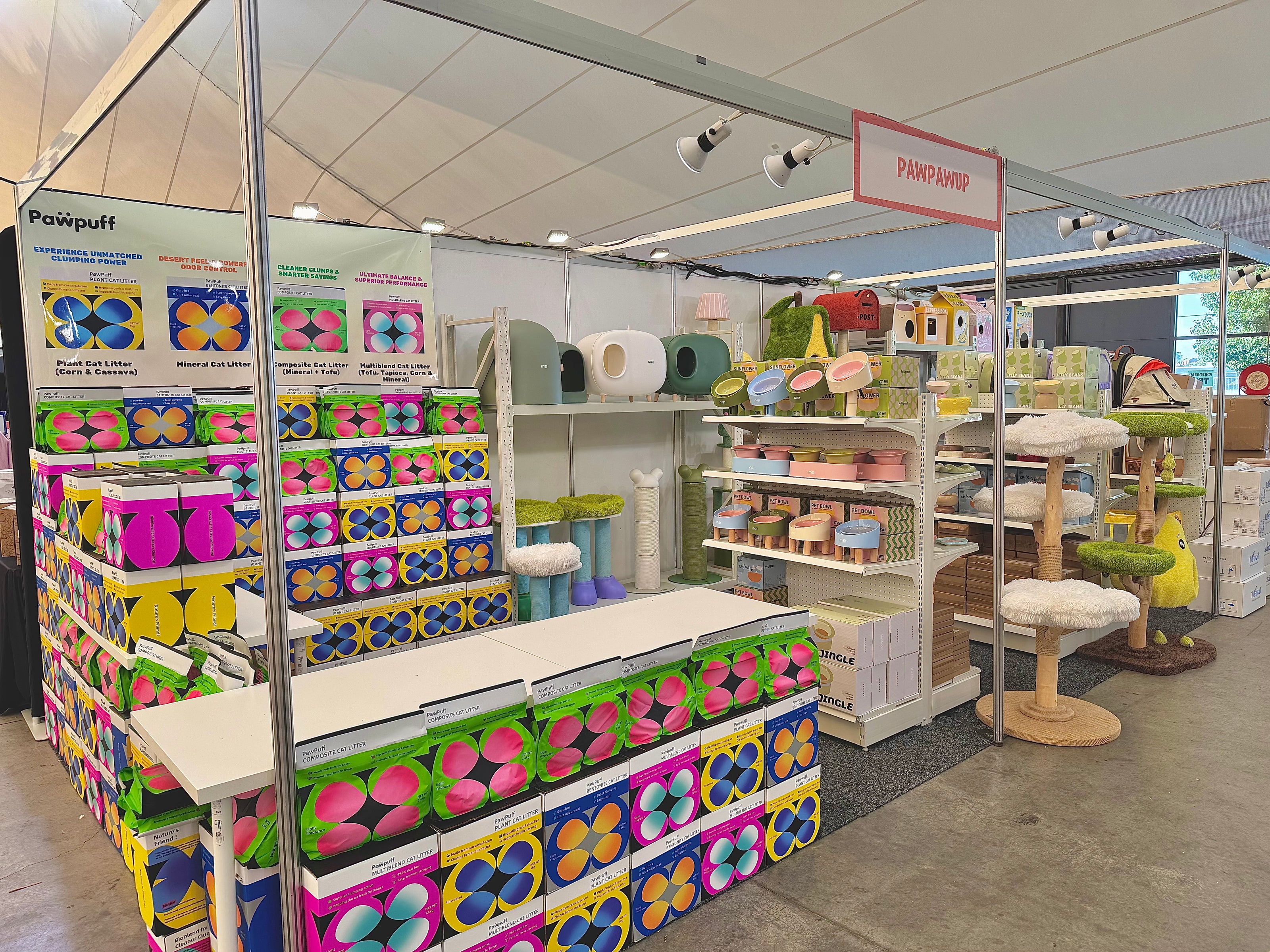
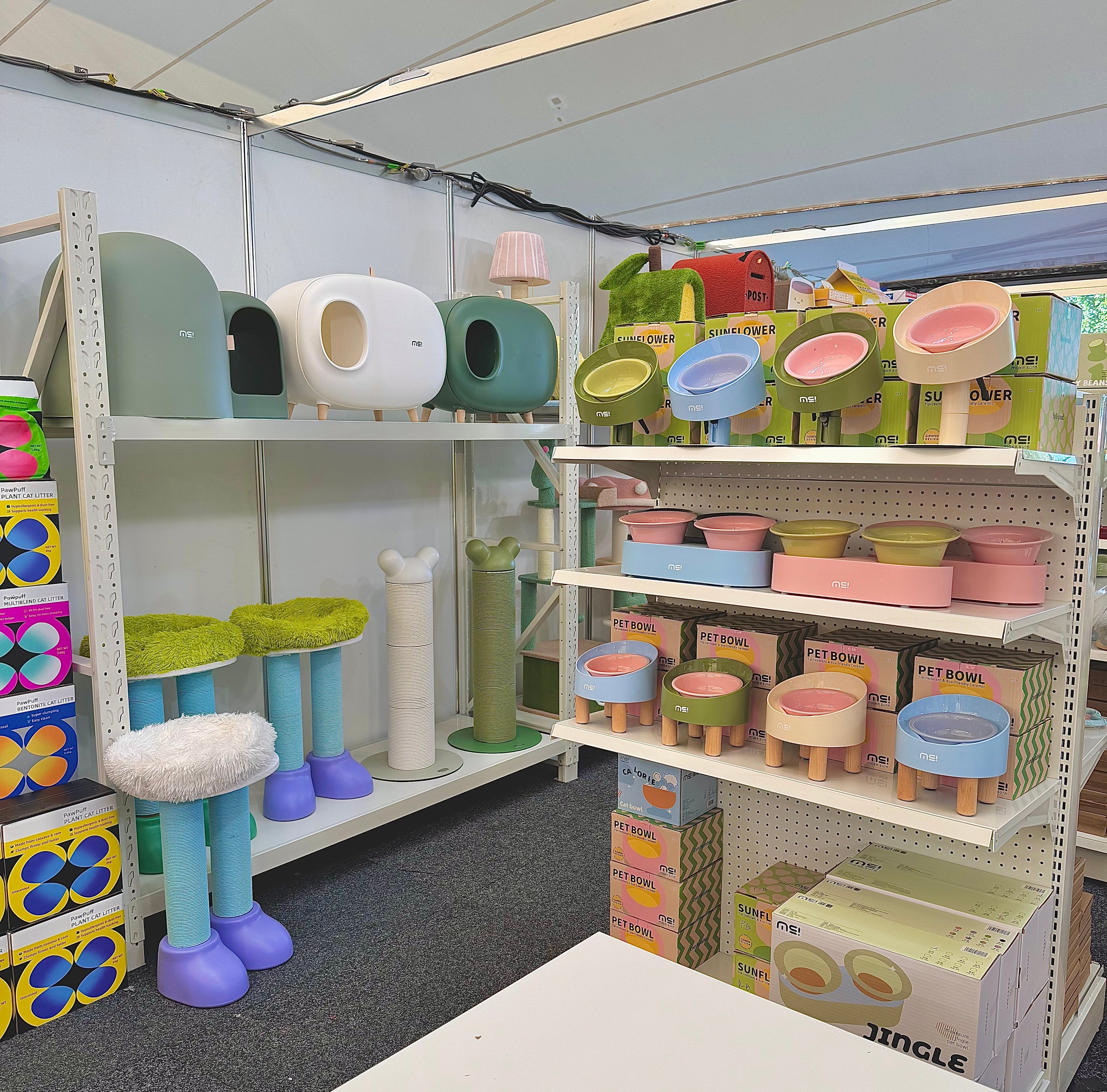
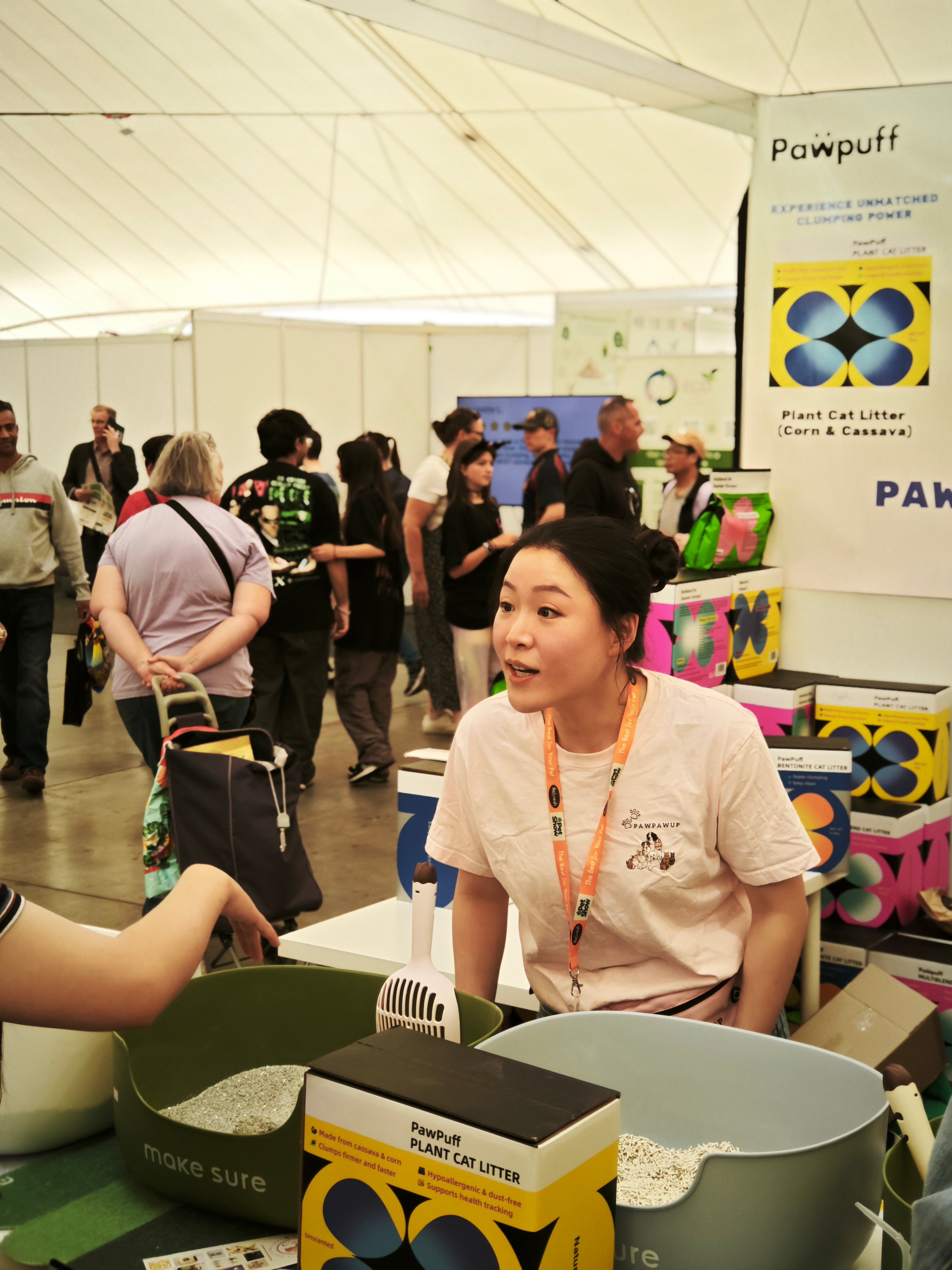

PawPawUp Pet Store - We Care As You Care
At PawPawUp, we’re not just a pet store—we’re a team of animal lovers who believe pets deserve the same comfort and joy as the people who care for them. Based right here in Melbourne, we’ve built our store around one idea: making life better for pets, and easier for the people who love them.
Our shelves (and our hearts) are full of practical, playful, and thoughtful pet supplies—from soft cat bed that invite deep naps, to sturdy cat tree & cat scratcher that bring out your cat’s inner climber. Got a pup who never stops moving? There’s a dog toy here with their name on it. For cat parents, we’ve also stocked essentials like the easy-to-clean cat litter box, and the kind of cat carrier that makes vet trips a little less stressful.
Everything we offer has been chosen with care, tested by real pets, and delivered with the kind of service that feels more like family than retail. Whether you’re new to pet parenting or already have a house full of paws and fur, we’re here to help with things that actually make a difference.
We’re proud to be part of Melbourne’s growing pet-loving community—and we’d love for you to be part of ours.
Come join the PawPawUp family. We’re here for your pets, like they’re our own.
Why Pet Owners Across Australia Love PawPawUp
At PawPawUp, we’re more than just shelves of pet products—we’re a trusted part of countless Australian homes. Whether you’re shopping from Melbourne, Sydney, or a small town in between, we make it easy to access premium pet supplies that are both functional and full of love.
Every order comes with care, fast shipping, and support from a team who genuinely knows and loves animals. That’s why we’ve become a go-to pet store in Australia for first-time pet parents and lifelong pet lovers alike.
Want to see why so many customers stick with us? Browse our latest picks or check out our pet supplies blog to see what makes a good pet store truly great.
Pet Store & Pet Supplies FAQ
What is essential for a first-time cat or dog owner?
How often should I replace or update my pet supplies?
What do I need to ask when I visit a pet store for the first time?
What makes a good pet store?
At PawPawUp, we proudly consider ourselves more than just an ordinary pet supply store. We are a place that pet owners in Australia trust, where they look for high-quality products, personalized services, and genuine support. Wondering why many people consider us one of the best pet stores in Australia? Read our blog to learn what makes a great pet store.
Our services are based on the opinions of the community in this pet stores Reddit post, which discusses what makes a good pet store. We are constantly improving.
Do you offer delivery across Australia?
Check out our full shipping policy here to learn more.



